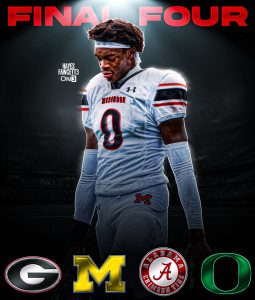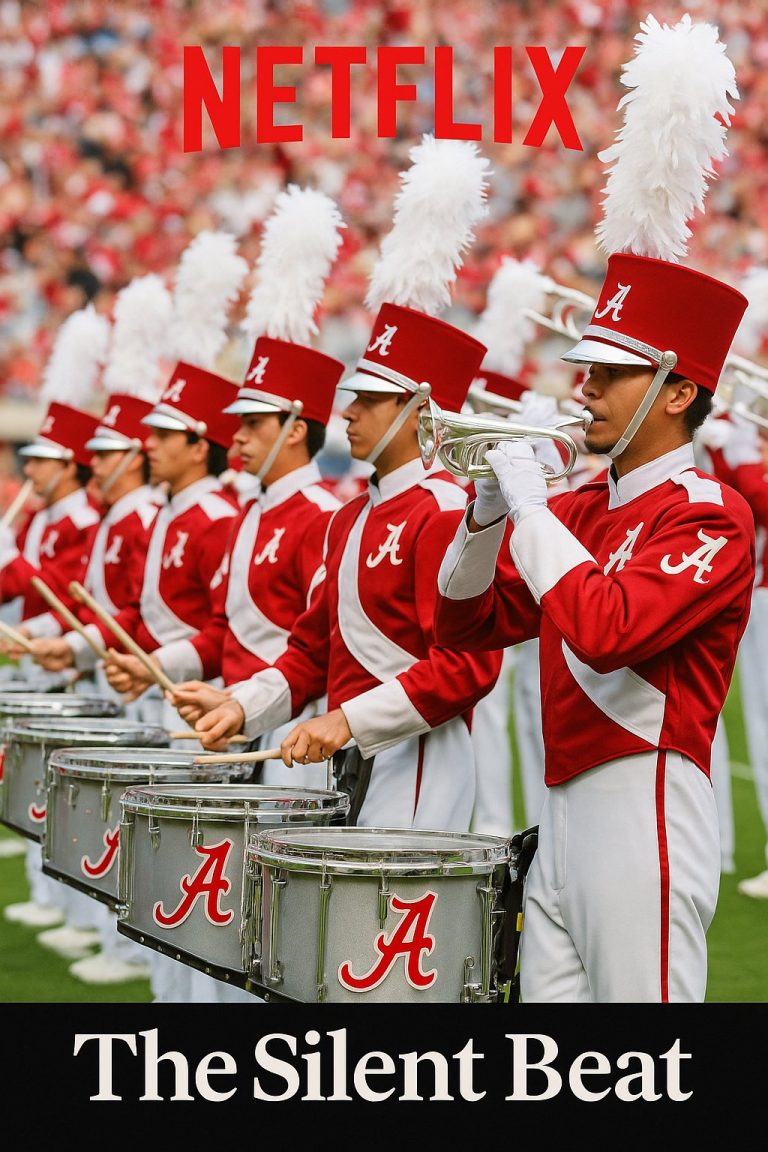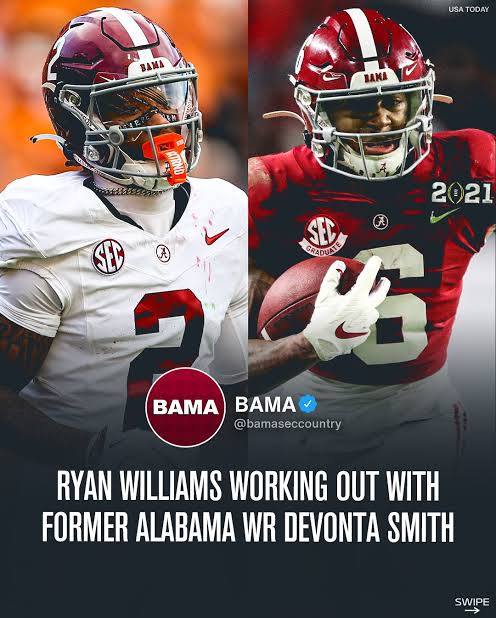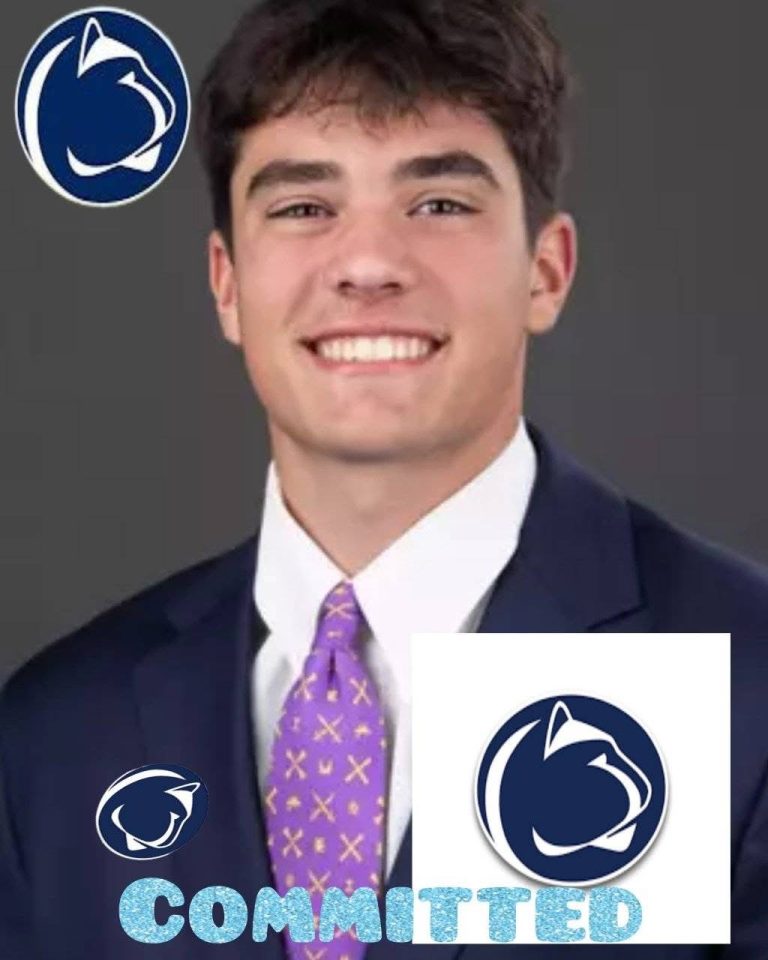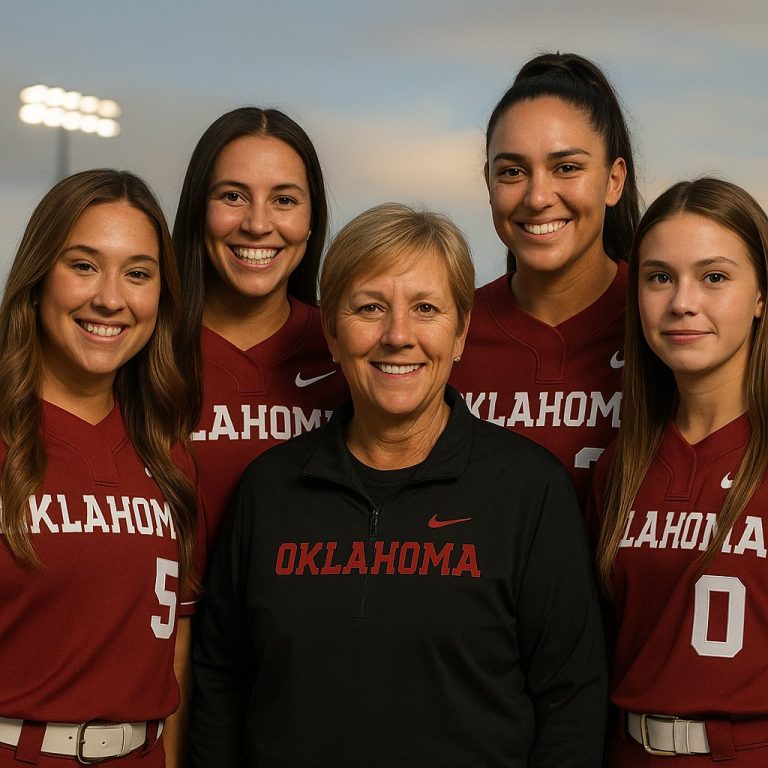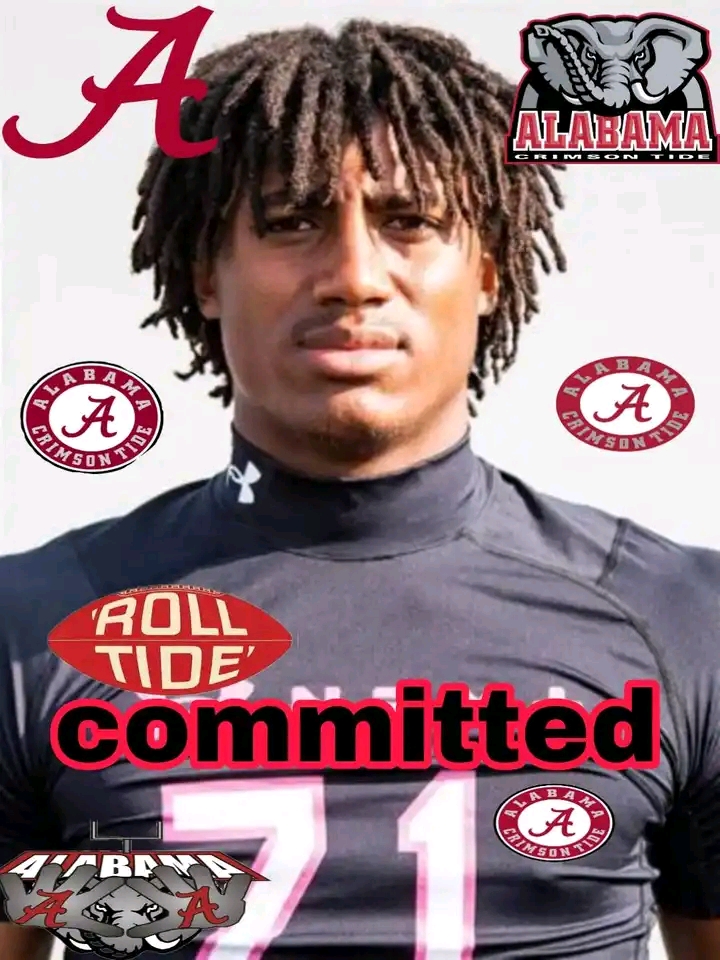
In a significant development in college football recruiting, four-star linebacker Nick Abrams II has committed to the University of Alabama, turning down a substantial NIL (Name, Image, and Likeness) offer from the University of Georgia. This decision underscores the evolving dynamics of college athletics, where financial incentives are increasingly influencing recruitment choices.
Commitment to Alabama
Nick Abrams, a standout linebacker from McDonogh High School in Owings Mills, Maryland, announced his commitment to Alabama, choosing the Crimson Tide over several other top programs, including Georgia. Standing 6-foot-2 and weighing 210 pounds, Abrams is known for his versatility on the field, with the ability to rush the passer, cover in space, and make impactful tackles. His impressive junior season statistics include 77 tackles, nine tackles for loss, four sacks, one interception, and a blocked punt.
Abrams’ decision to commit to Alabama is a testament to the program’s strong recruitment efforts and the appeal of playing for a historically successful team. His visit to Tuscaloosa earlier this year, where he interacted with head coach Kalen DeBoer and linebacker coach Chuck Morrell, left a lasting impression. He expressed feeling valued and prioritized by the coaching staff, which played a significant role in his decision-making process .([Touchdown Alabama
The NIL Offer from Georgia
While specific details of the NIL offer from Georgia remain undisclosed, reports indicate that it was a substantial package aimed at enticing Abrams to join the Bulldogs. However, Abrams’ commitment to Alabama suggests that factors beyond financial incentives influenced his decision. This development highlights the ongoing debate in college athletics about the role of NIL deals in recruitment and the potential need for regulation to ensure fair competition among programs.
Broader Implications
Abrams’ choice to prioritize factors such as coaching staff relationships, program culture, and personal development over immediate financial gain reflects a growing trend among recruits to consider long-term benefits. This shift may influence future recruitment strategies, prompting programs to focus more on holistic development and less on financial inducements.
Nick Abrams’ commitment to Alabama, despite a lucrative NIL offer from Georgia, underscores the complex interplay between financial incentives and personal values in college football recruitment. As the landscape of college athletics continues to evolve, decisions like Abrams’ may pave the way for a more balanced approach to recruitment, where student-athletes weigh both immediate benefits and long-term growth opportunities.
